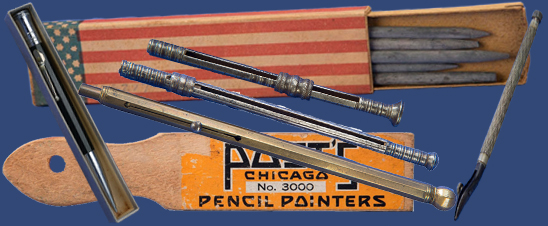This 5" steel knife blade probably has a celluloid (rather than an ivory) handle. It was received with a sizable collection of mathematical drawing instruments, but makers of drawing instruments did not typically advertise knives in their catalogs.
- Description
-
This 5" steel knife blade probably has a celluloid (rather than an ivory) handle. It was received with a sizable collection of mathematical drawing instruments, but makers of drawing instruments did not typically advertise knives in their catalogs. This object may have been useful for sharpening pen quills and pencils. Draftsmen also used knives as erasers, but the blade on this example is shaped differently from the blades on the "steel erasers" depicted in Keuffel & Esser and Dietzgen catalogs. Compare to the knife in 1990.0690.01.
- Location
-
Currently not on view
- date made
-
early 20th century
- ID Number
-
1978.2110.13
- accession number
-
1978.2110
- catalog number
-
336739
